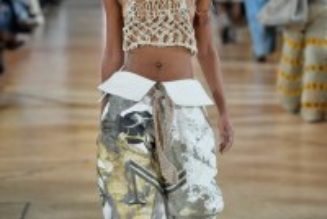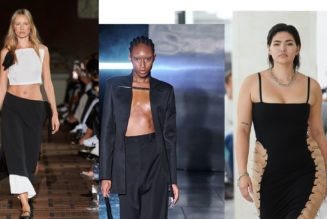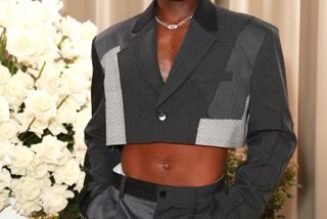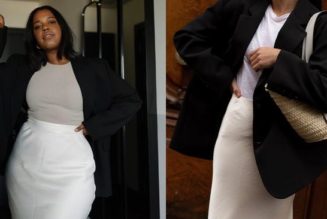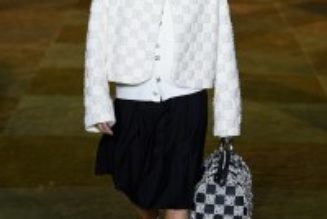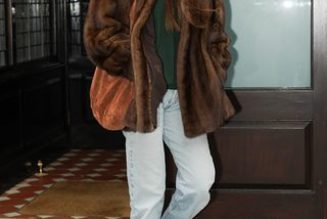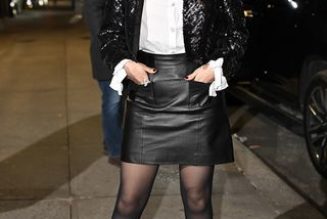Tastemakers are resetting the rules for what’s in and what’s out in the luxury market.
Highsnobiety, the Berlin-based digital media and cultural consultancy, released Monday its fifth “New Luxury” report based on the mindset of its early adopter audience dubbed the “cultural pioneer.” Described as the “barometers of where culture is heading,” this well-connected and influential group take pride in trying new things, being knowledgeable about brands and being the first to offer new recommendations.
This group is fine-tuning what it means to be a luxury brand.
Whether its releasing collections outside the traditional fashion calendar like Phoebe Philo or taking a “gender diverse approach” feminine designs like Miu Miu, clear winners in the “new luxury” are brands that go “against industry orthodoxies,” the report states.
Highsnobiety’s list of the “New Luxury Brand” exemplifies this clash of classical luxury houses, disruptors, and accessible brands with cult followings.
The top 20 list includes Miu Miu, Bottega Veneta, Prada, Loewe, Louis Vuitton, Moncler, New Balance, Our Legacy, Balenciaga, Aime Leon Dore, Jacquemus, Loro Piana, Rick Owens, Skims, Stussy, Wales Bonner, Chrome Hearts, Fear of God, Salomon and Diesel.
Traditional luxury rules, the report said, “should be viewed as invitations to try something different or double down on something you’re already doing, all in the name of standing out against the competition and achieving your goals.”
Brands should welcome designing for a small-yet-knowledgeable audience. The rise of fashion cores like gorpcore and dark academia—niche themes that were rapid adapted by the masses due to their virality on social media—means brands must dig deeper to find fresh and unique cultural references.
Highsnobiety’s survey of 1,000 cultural pioneers found that 63 percent say their aesthetic tastes have become more niche in the last few years, and 71 percent say they like when “they recognize niche cultural references in branded content or entertainment.”
Loewe’s Spring/Summer 2023 collection with Minecraft-like silhouettes and prints and Highsnobiety’s own collaboration with Café de Flore in Paris are examples of this “if you know, you know” approach to engaging with consumers. Collaborations that bring together two different communities or subcultures are favored by 51 percent of the surveyed cultural pioneers.
Another popular concept is “renewing the archive” like Levi’s celebration last year for the 501’s 150th anniversary. “The archive is unequivocally one of the greatest points of fascination for the Cultural Pioneer,” the report states.

Highsnobiety x Levi’s 501
Courtesy
Seventy-one percent of cultural pioneers said they “enjoy visual inspiration outside of the trend cycle (e.g. archival imagery)” and 69 percent follow curated archive Instagram accounts.
Similarly, cultural pioneers are seeking influencers and content creators that inform and entertain them. Being famous isn’t enough.
While 45 percent said they think celebrities shape culture today, 76 percent said they are bored by global celebrities. Instead, 49 percent of cultural pioneers said what makes someone influential is if “they’re highly regarded in their community and/or industry” or are “exceptionally creative.”
Social media personalities like Gstaad Guy, who is known for his parodying wealthy lifestyles, and comedian and presenter Amelia Dimoldenberg of @chickenshopdate are examples of how “relatability and entertainment reigns overreach and aspiration.”
“In some ways this is due to a shift in the platforms we use; while the Kardashians were masters of Instagram, this new cohort are masters of TikTok, speaking its self-referential language and skillful in the art of entertainment,” the report states.

